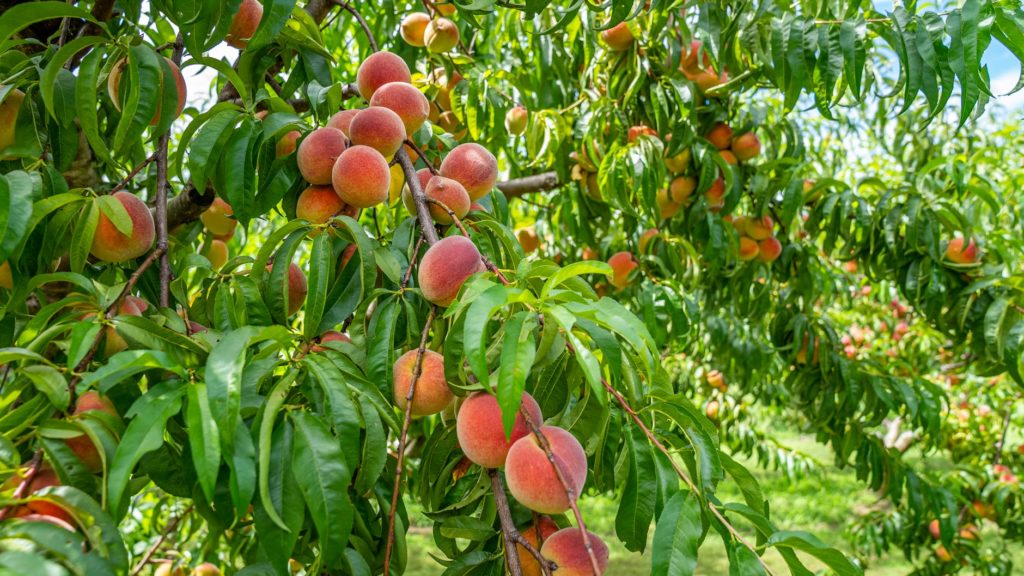By Clint Thompson
Unseasonably warm temperatures have Alabama peach producers concerned about the lack of chill hours needed to produce a crop next season.

Edgar Vinson, assistant research professor and Extension specialist in the department of horticulture at Auburn University, discussed the lack of cooler weather this winter and what growers need heading into the new year.
“It depends on which model you’re looking at. If we look at just the standard chill hours, the old 45 model that the industry’s based on, we’re actually a little ahead of where we were this time last year. But it has been warm, and when you look at the modified 45 model, we’re behind. If we look at the Dynamic Model, which takes into consideration warming trends, then we’re behind in that respect, also, compared to where we were this time last year,” Vinson said.
“If you look at some extended forecasts, it looks as though we could see some cool temperatures, but they’re also followed by warmer temperatures that same day, up into the 60s. That’s where we begin to lose some chill that’s being accumulated. It is a concern right now. We’d like to have at least 450 to 500 chill hours going into the new year by the end of December. We’re not close to that.”
Peaches need chill hours to mature. The required chill hours depend on the specific variety growers choose to plant. Some may require as little as 500 chill hours, while others may need as many 800. According to University of Georgia Extension, fruit trees require a certain number of hours below 45 degrees Fahrenheit to break down growth inhibitors in buds. This allows them to produce fruit in the spring.
Producers can probably expect to receive some cooler weather in January but don’t want to have depend on receiving the majority of chill hours then. It’s not a guarantee.
“Hopefully, it will turn cold and most likely will turn cold in January. Hopefully, we can get some of that chill we missed in December. Often times if we’re behind in December, it’s hard to catch up,” Vinson said.
The needed chill hours are recorded until around Feb. 15.









